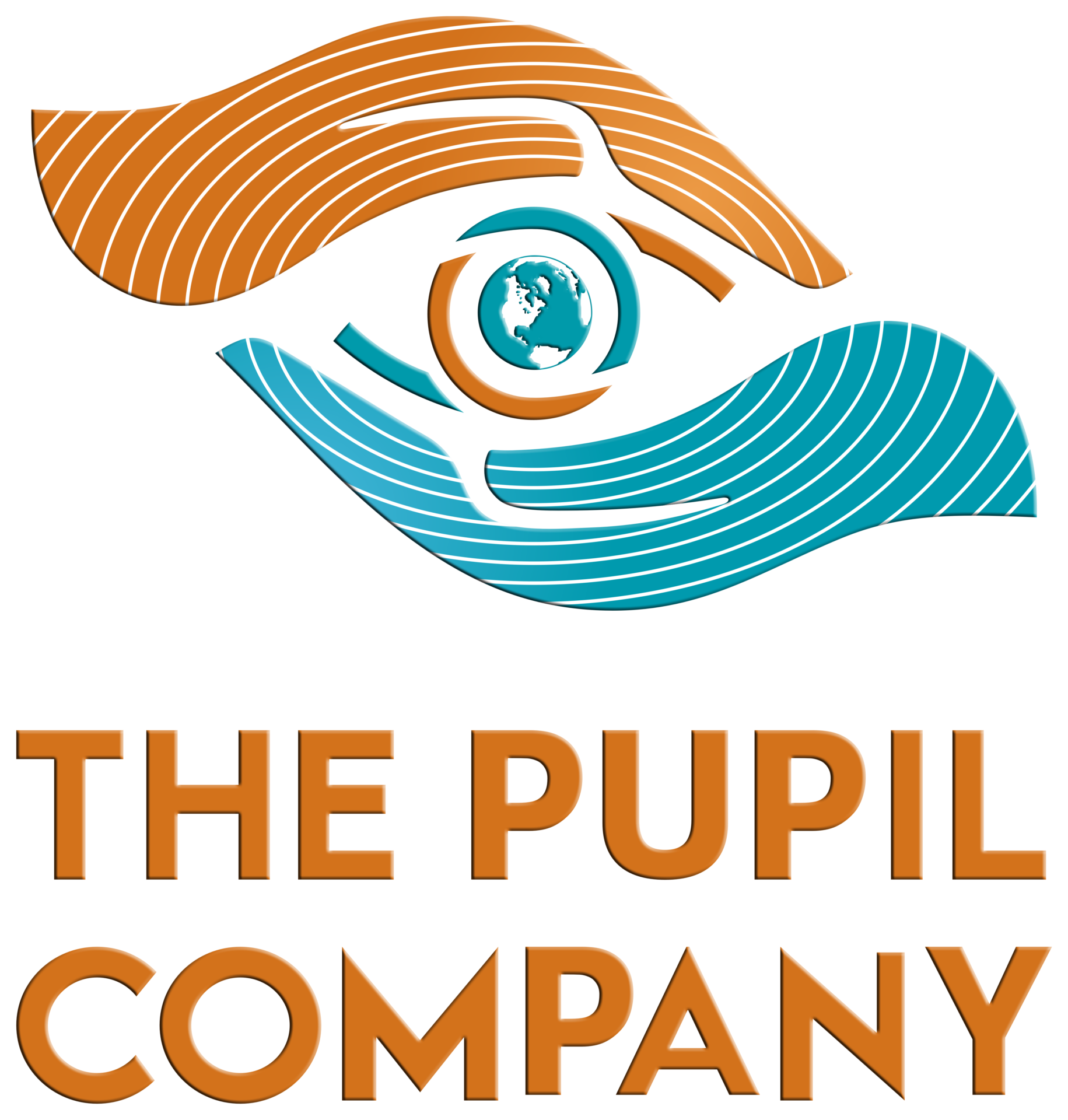If you want to stump an educator, ask one simple question:
“How Do You Engage High-Speed Learners and Low-Speed Learners At The Same Time?”
It’s the puzzle – the gordian knot – of education.
If you focus your efforts on the High-Speed learners, they will flourish but the Low-Speed learners will be confused and left behind.
If you focus on the Low-Speed learners, the High-Speed learners will be bored and disconnected.

Technology has given us an alternative path- a better path.
We can now leverage well-thought-out, customized learning to engage learners at the speed they need while ensuring that the group, as a whole, gets the standardized information required for the job.
Interactive eLearning Online Modules are self-paced, removing the concerns of learning speed, while pulling the focus of the training back to what’s most important: The Quality of Comprehension and Retention for Each Individual Learner.
Computer-based education tailors to the needs of your new-hire, or valued current employee, and creates a space where they regain prominence in the focus of training- tasks are self-paced and evaluation is reported in real time; simultaneously connecting the learner with the content and the facilitator with the learner.
Aside from computer-based learning, this effect can also be achieved through small group interactions.
Think, for a moment, about a group learning the procedure for processing sales in a call center.
Among the new hires there is a cluster, we’ll call them Group A, that understands the concept quickly and can process a sale in a rudimentary manner.
Also, among the new hires there is a group, Group B, that struggles with the steps, and cannot process a sale on their own.
It is at this point that the facilitator revisits that terrible choice of which group to abandon. But, it doesn’t have to be this way. The facilitator can, instead, reconsider the roles of his new hires.
What if, instead of treating everyone as a new hire, the facilitator reimagines Group A as co-instructors – instead of learners – and pairs them off with the slower learners of Group B.
This transition has a multitude of beneficial effects:
- Group A reengages with the material in a fresh way, allowing them to concretize the concepts that they’ve learned.
- Group B gets another opportunity to reengage with the material, becoming more self-sufficient in their job
- Everyone has the opportunity to invest in the success of their peers, the company, and begin fostering good working relationships.
But, It Doesn’t Have To Be This Way. The Facilitator Can, Instead, Reconsider The Roles Of His New-Hires.
What’s YOUR Vision?

- What methods have you found to engage high speed learners and low speed learners in your onboarding, or employee training?
- How do you simultaneously engage two different groups, who have two distinct needs?
- Have you considered computer-based solutions and the effects that this modern approach would have with your onboarding, or employee training?
